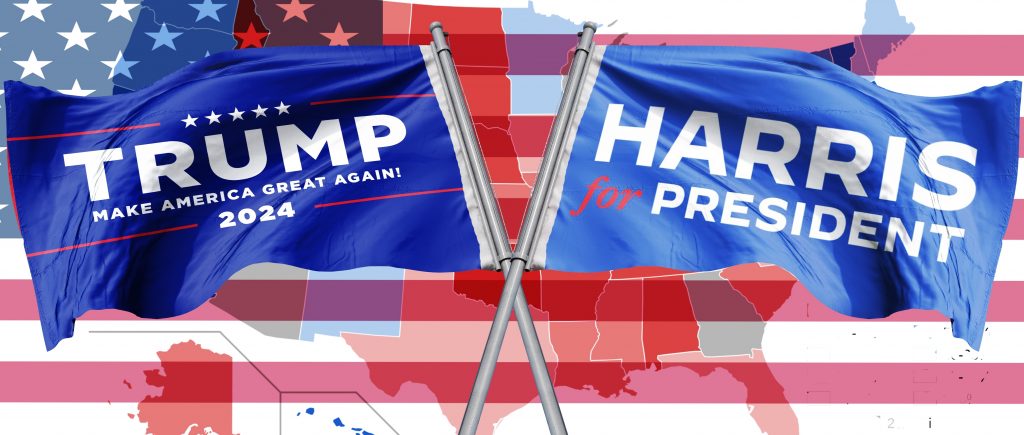The election has significant implications for Fed policy in 2025, with a Trump victory potentially ensuring a lower tax environment that boosts sentiment and spending in the near-term. However, promised tariffs, immigration controls, and higher borrowing costs will become headwinds through his presidential term. Conversely, a Harris victory implies continuity, but with Congress likely split, her ability to deliver her manifesto will be questionable. Slightly higher taxes and modest increases in spending may be seen as the best election outcome by the Treasury market, but it puts more pressure on the Fed to deliver rate cuts and support growth.
The Federal Reserve is expected to cut interest rates by 25 basis points on 7 November, regardless of the outcome of the US election. The Fed is focusing on a cooling jobs market and is less concerned about inflation. The central bank is expected to continue cutting rates closer to neutral irrespective of which candidate wins. The election has important implications for Fed policy in 2025, with no meaningful FOMC reaction for Treasuries provided 25 basis point moves per meeting continue.
The Fed will be mindful of how its actions and commentary could influence financial markets that may already be experiencing volatile conditions. Markets have appeared increasingly confident of a Donald Trump victory, with equities, the dollar, and Treasury yields rising in recent weeks. If Trump wins, these trends may continue, but a sharp reversal could occur if Kamala Harris wins as markets factor in higher taxes and a less favorable business environment.
The Fed is more relaxed about inflation and is putting more focus on the jobs market as it attempts to secure a soft landing for the economy. Even after September’s 50 basis point rate cut, monetary policy remains in restrictive territory, and the Fed has scope to keep cutting rates back to a more neutral level to give the economy more breathing space to continue growing strongly. The Fed has not said anything to dissuade from looking for a second consecutive rate cut, suggesting that the scale of move will indeed be smaller than in September.
The Fed’s Summary of Economic Projections imply neutral policy rates of around 3%, but it is probably closer to 3.5% in an environment of loose fiscal policy. With the deficit likely to be close to 7% of GDP this year and next, the Fed may end up feeling that interest rates need to be left somewhat higher to offset the fiscal support in order to hit the 2% inflation target. Given this situation, we are suggesting that we may get to 3.5% Fed funds by the summer if Trump becomes president, but we may see the Fed go a little deeper and cut to 3% in the second half of 2025 under a Harris presidency.
No meaningful FOMC reaction for Treasuries is expected if the rhythm of a 25bp moves per meeting continues. The 2-year yield should be below 4% and should be settling in the 3.75% to 4.0% range, with potential for the curve to steepen from the front end. The 10-year at around 4.25% is more prone to maintaining a heavy tilt, with upside for the 10-year yield still probable until or unless there is material evidence that the economy is really stalling.

 Noor Trends News, Technical Analysis, Educational Tools and Recommendations
Noor Trends News, Technical Analysis, Educational Tools and Recommendations




